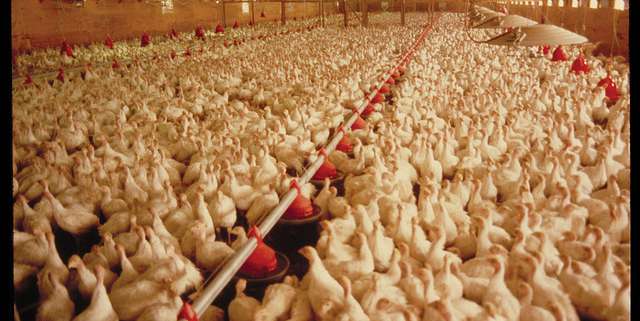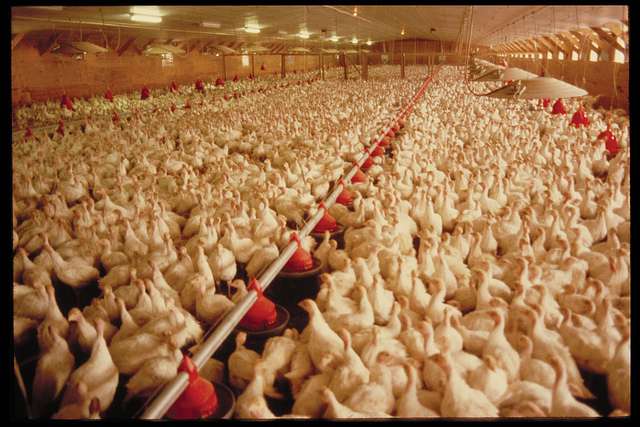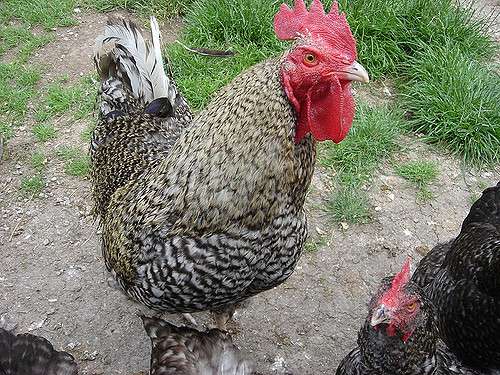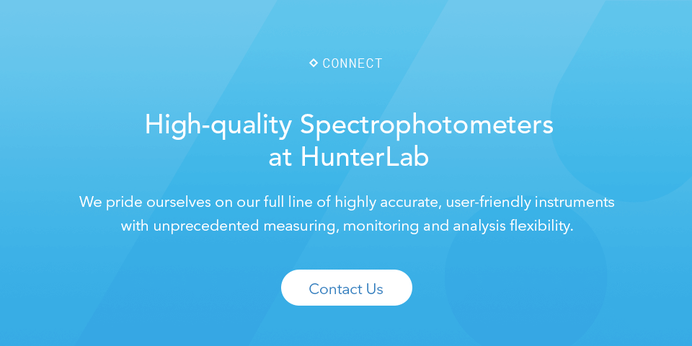
It’s 3 PM on a Friday; just a few more hours until the night shift takes over. Jeff is a good employee. He’s been checking chickens for years, even before the new HIMP rules came out in 19981. But with experience can come complacency, and Jeff’s thinking about the date he’s got in a couple of hours. “How long has it been since I was in love?” Jeff wonders, as one by one, ninety birds a minute, the carcasses whiz past. If there are any organoleptic issues, Jeff doesn’t see them. He’s watching the clock tick toward his date.
The Dangers of Human Error in the Poultry Line
Human error can be costly in the poultry business. Due to the high risk of foodborne illnesses such as Salmonella, Campylobacter jejuni, Listeria monocytogenes, and E. Coli2, the processing of chicken is highly regulated by the United States Department of Agriculture. According to these rules, each chicken you process must be individually inspected externally and internally for signs of disease. Besides disease, other conditions, such as bruising, scratching, septicemia, airsacculitis, pre-slaughter death, and fecal contamination require birds to be downgraded or condemned3 for disposal.
It is routine and preferable, of course, if you can identify these issues on the line before the chilling process, while birds can still be individually condemned or correctively reprocessed. Should issues be discovered at a later stage, all birds in a batch must be rewashed, chilled, and inspected, causing downtime.
Worse, should issues be uncovered post-distribution, you might be facing a recall. According to Veronica F. Pozo and Ted C. Schroeder’s 2014 study4, Class One recalls can have a significant effect on a company’s stock price, even to the point of threatening bankruptcy. In short, human error, whether due to inattention, inexperience, fatigue, the subjectivity of human eyesight, inebriation, or poor morale, can cause substantive repercussions for poultry producers, especially when you’re operating on a scale of millions to tens of millions of chickens slaughtered per week5.

Broiler Chickens live on average 45 days. Image Credit: Flickr User Oregon Department of Agriculture. (CC BY 2.0)



